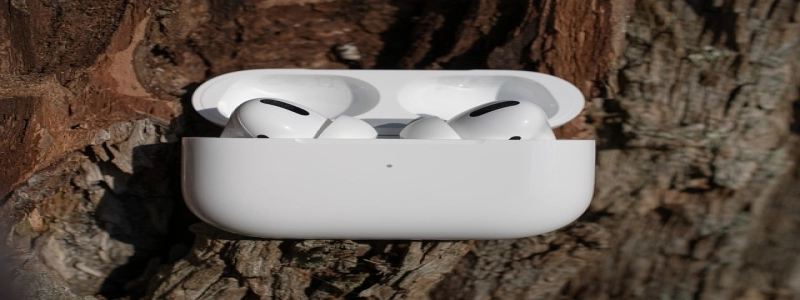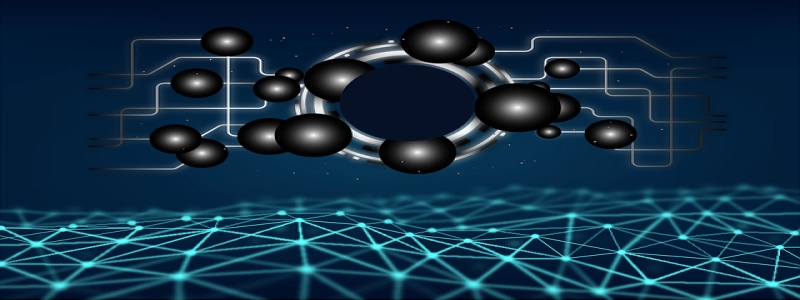Different Fiber Connector Types
Introduction:
Fiber optic connectors are crucial components in networking and telecommunications systems. They enable the connection between fiber optic cables, ensuring fast and reliable transmission of data. There are several types of fiber connectors available, each with its own characteristics and applications. In this article, we will explore the most common fiber connector types and their features.
I. Standard Connectors:
1. SC Connector:
– Features: The SC connector is a standard connector widely used in single-mode and multimode fiber optic networks. It has a push-pull latching mechanism for easy insertion and removal. The connector has a square-shaped body and requires a ferrule polish type of UPC (Ultra Physical Contact).
– Applications: SC connectors are commonly used in data centers, telecommunications networks, and CATV (Cable TV) systems.
2. LC Connector:
– Features: The LC connector, also known as the Lucent Connector, is a small form factor connector. It has a push-pull latching mechanism similar to the SC connector but offers higher density in patch panels and equipment. It also requires a ferrule polish type of UPC.
– Applications: The LC connector is widely used in high-density applications like data centers, telecommunications, and enterprise networks.
II. Mechanical Splice Connectors:
1. FC Connector:
– Features: The FC (Ferrule Connector) connector is a screw-on connector known for its robust design and excellent stability. It uses a threaded mechanism to secure the connection and requires an APC (Angled Physical Contact) polish type.
– Applications: FC connectors are commonly used in high-vibration environments, military applications, and test and measurement equipment.
2. ST Connector:
– Features: The ST (Straight Tip) connector is a bayonet-style connector featuring a twist-on, twist-off mechanism. It has a cylindrical body and requires a ferrule polish type of UPC. The ST connector was one of the first connectors widely used in fiber optic networks.
– Applications: ST connectors are commonly used in local area networks (LANs), fiber optic patch panels, and industrial applications.
III. Specialized Connectors:
1. MPO/MTP Connector:
– Features: The MPO (Multi-fiber Push-On) or MTP (Multifiber Termination Push-on) connector is a multi-fiber connector that can accommodate up to 24 fibers in a single connector. It is mainly used in high-density applications where multiple connections need to be made simultaneously.
– Applications: MPO/MTP connectors are primarily used in data centers, high-speed networks, and backbone cabling.
2. SMA Connector:
– Features: The SMA (SubMiniature Version A) connector is a threaded connector commonly used in applications like fiber optic sensors and medical devices. It has a relatively large size and is known for its excellent stability and robustness.
– Applications: SMA connectors are commonly used in industries such as healthcare, aerospace, and defense.
Conclusion:
Choosing the right fiber optic connector type is essential for ensuring efficient and reliable data transmission. Standard connectors like SC and LC are widely used in various networking applications, while mechanical splice connectors like FC and ST offer stability in high-vibration environments. Specialized connectors like MPO/MTP and SMA cater to specific applications requiring high-density connections or robust designs. Understanding the different fiber connector types enables users to select the most suitable connector for their specific needs.








